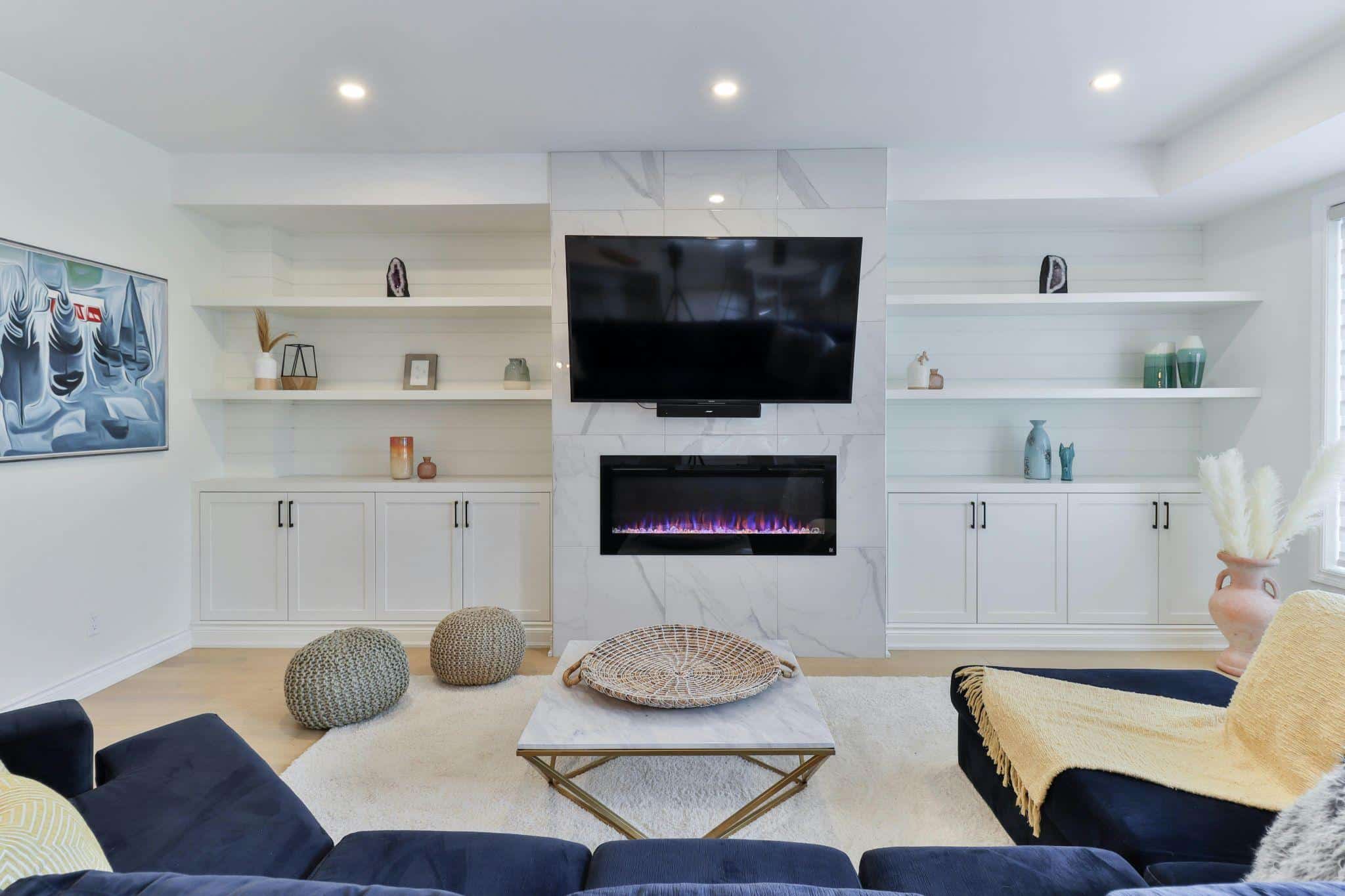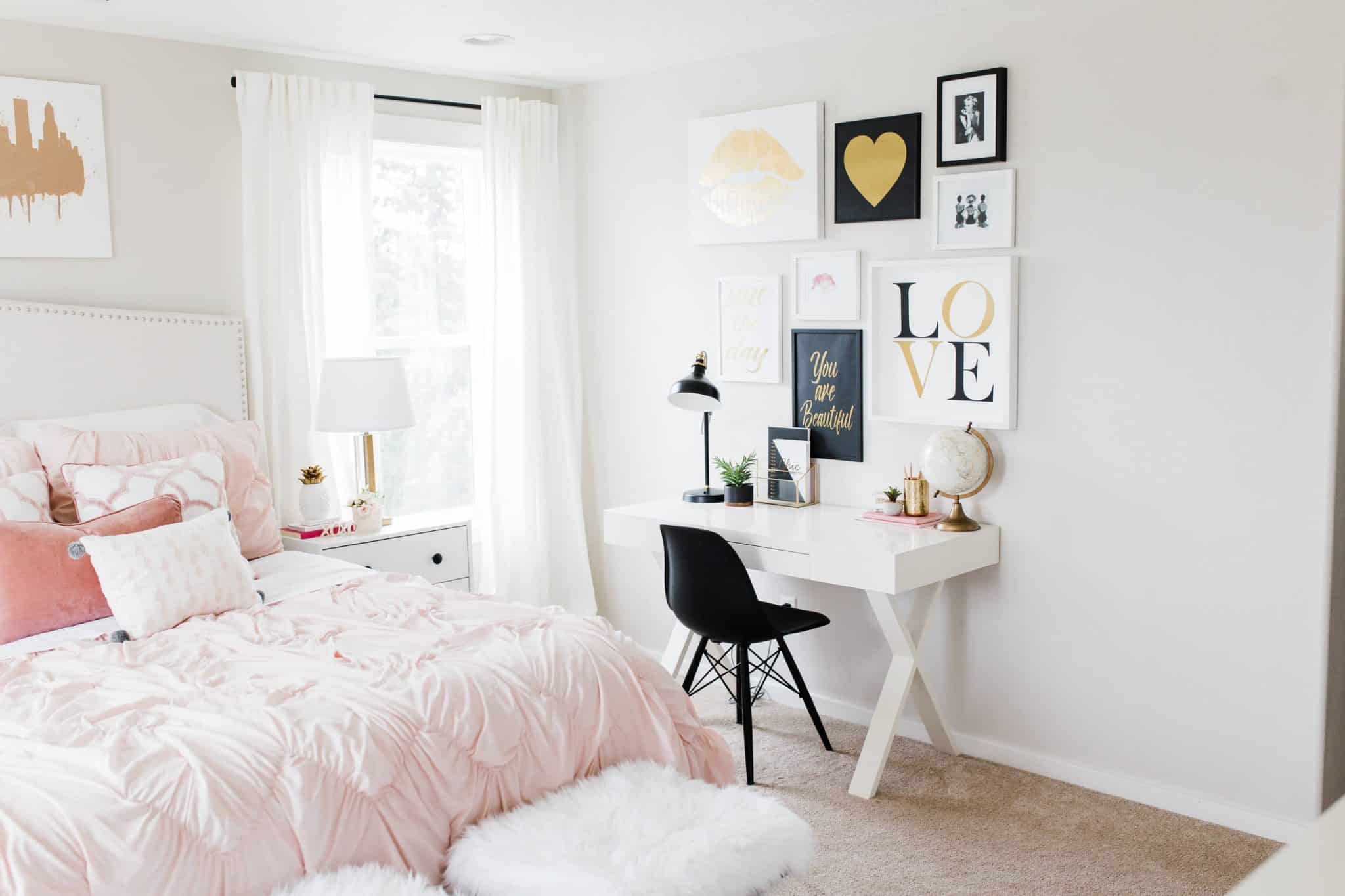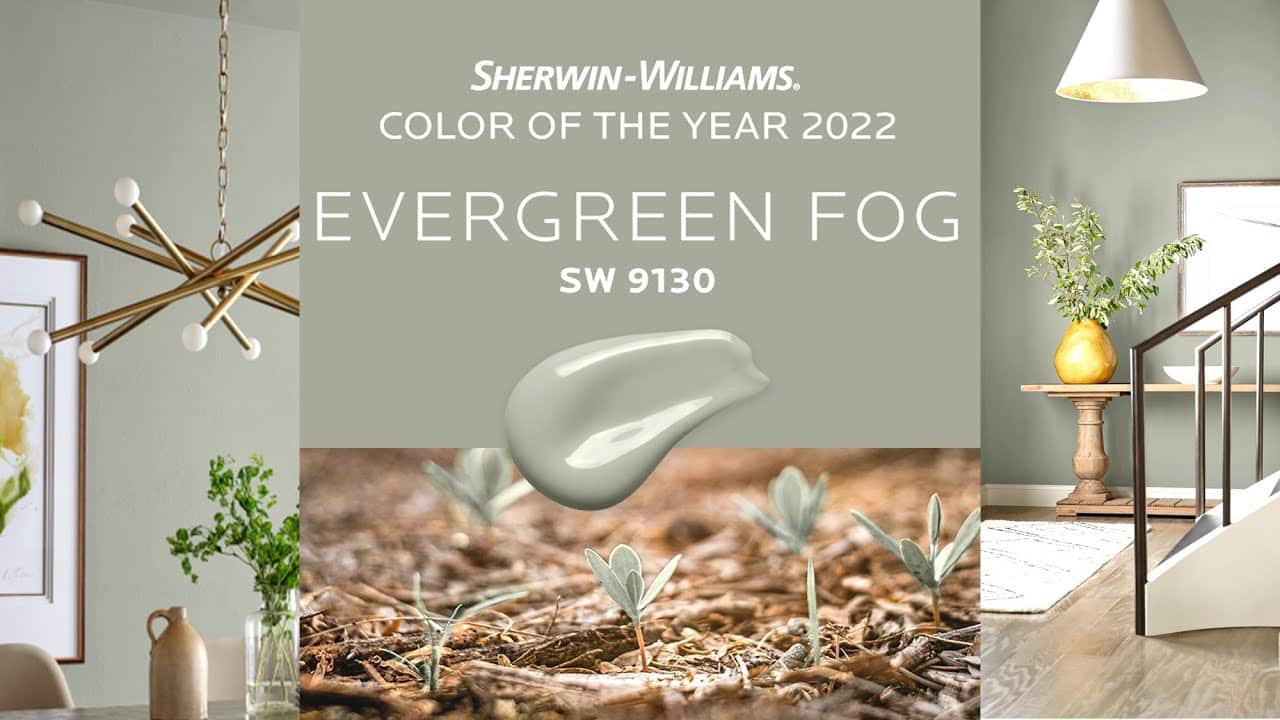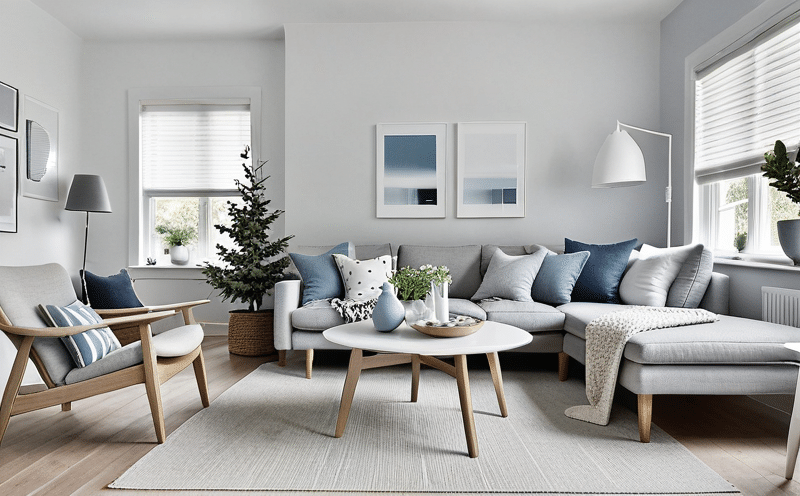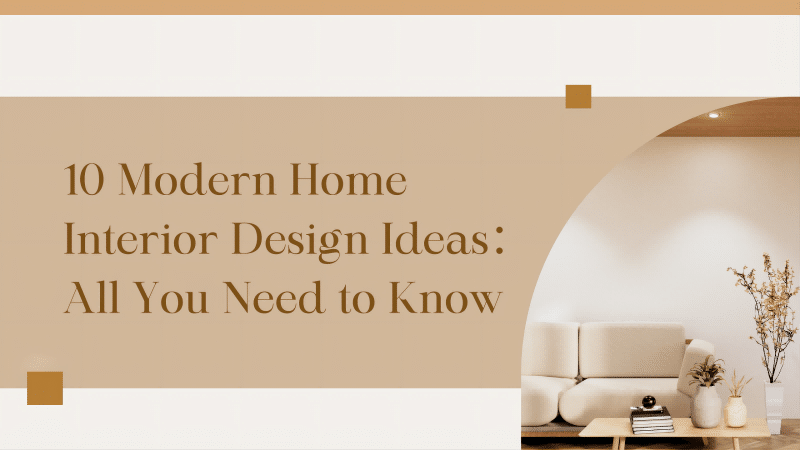Contemporary Entertainment Center Design Ideas
Many entertainment centers are created to be the standout feature of a room, acting as the focal point of a design that combines functional storage solutions with stylish elements. However, multiple approaches exist when designing the center best suited for your home.
But having a stylish and sophisticated entertainment center means little if the remainder of the room isn’t appropriately styled. Whether you create a standout wall unit feature or a center that discreetly blends into the background, it is vital to include the right furniture pieces and additional decor items to bring the space together cohesively. Look for sofas on sale and other big-ticket deals to create your entertainment space without blowing your budget.
Built-In Units
One of the most popular entertainment center designs is the built-in cabinet that typically covers a large portion of a statement wall, if not the entire thing. This idea’s popularity is largely because it can easily cater to the size of your electronic devices, often including multiple open shelves and closed cabinets for additional storage and flexible styling options.
Furthermore, the organized storage options allow you to keep all your electronic devices and additional accessories in one central location, making it easy to find and access when needed. These modern and asymmetrical design features are created to be the room’s primary focus, requiring proper planning and execution to ensure extended function and style.
Dramatic Sliding Doors
A chic sliding door can add a unique and tactile component to your entertainment center. It provides the perfect canvas to create and design a decorative piece of art that adds a surprising style element to the space.
Furthermore, should you feel like your devices and television are disrupting the aesthetic impact you are after or are an unwanted distraction while you have guests, you can easily slide the door shut to hide the entire center out of sight.
Low-Level Placement
Most entertainment centers are built to utilize as much of the floor-to-ceiling wall area as possible. However, consider implementing a low-level placement if this dominating build doesn’t appeal to you. It instantly creates a more intimate feel to the room and frees up plenty of wall space that can be used for a gallery wall or other decor ideas.
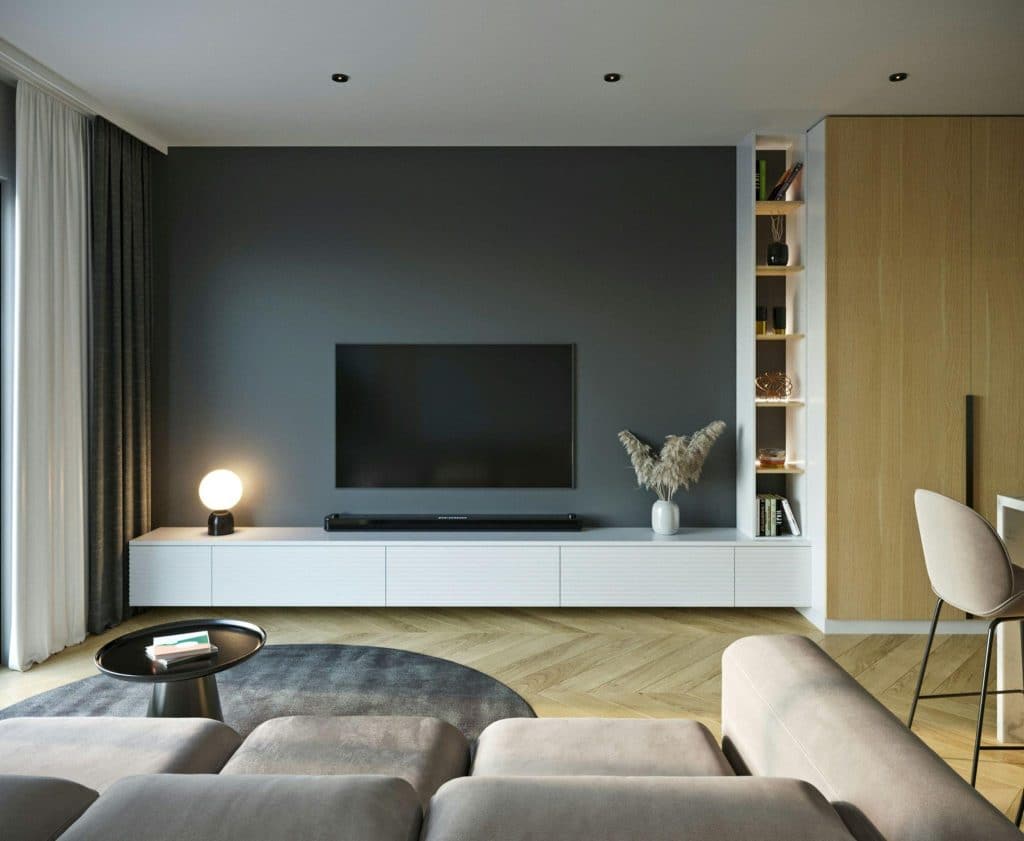
A Stand-Out Feature
Sitting around an entertainment center is where many spend much of their time with friends and family. Whether they are listening to music or catching up with their favorite show, it is worth designing a striking and stand-out feature that adds a unique element to the room, and it’s the perfect conversation starter.
You can create this statement in multiple ways. Choosing a bold and bright paint color will creatively zone the room while making a strong statement against an otherwise neutral background. Alternatively, you can use removable wallpaper for a fun and fresh print pattern that can easily be changed when the mood strikes.
Discreet Design
For room designs that do not highlight the television as the main feature, there are many clever paint ideas and sleek storage cabinets that can create a discrete entertainment center that doesn’t overpower other style elements in the room.
This is the ideal solution for multi-functional rooms that require the entertainment unit to effortlessly blend into the wall when not in use. It is a practical and long-lasting style choice, allowing for other furniture pieces and decor components to take center stage.
Maximized Storage
A simple but very functional design idea for your entertainment space is combining open and closed storage elements that create an eye-catching feature that is both stylish and extremely practical. This extended versatility expands your ability to efficiently store any items you have around the house in one location.
This design feature offers flexibility for changing gadgets and electronics in the future, allowing you to store functional items in closed bottom cabinets and decorative pieces on open shelves that perfectly frame and elevate the TV area.
Natural Elements
Working with natural elements and including natural materials in your overall design is renowned for creating a timeless and tranquil atmosphere within the home. You will likely spend a lot of time looking at your entertainment area while watching television, so choosing chic natural materials will be relaxing for the eyes.
Wooden entertainment centers beautifully combine with other wooden design elements, soft upholstery, and a neutral color palette to create a warm and inviting space to relax and unwind. If you are after your own peaceful oasis, you can’t go wrong with bringing the outdoors in.
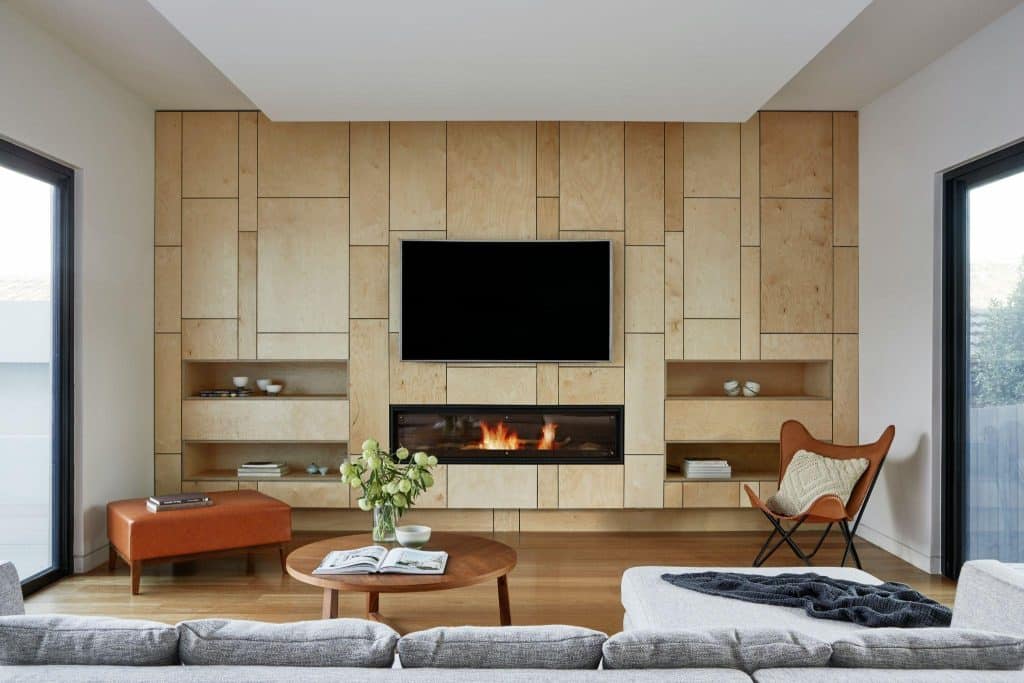
What to Include in Entertainment Centres
Traditionally, entertainment centers are used mainly to hold TVs and their accessories. Still, many other electronic items inevitably find themselves positioned in the spaces, including game consoles, speakers, and music players.
The electronic devices you include are ultimately up to you and the available space. Once you have settled on what to include, you can start getting creative with the placement of each item alongside decor items for added style. Small houseplants, picture frames, and books are common options that can be used to add a stylish flare to a relatively dull and underwhelming space.
When selecting your items to include, be sure to consider wire placement, electrical outlets, device sensors, and adequate ventilation to ensure each gadget is working efficiently and has easy access should it encounter any issues.

